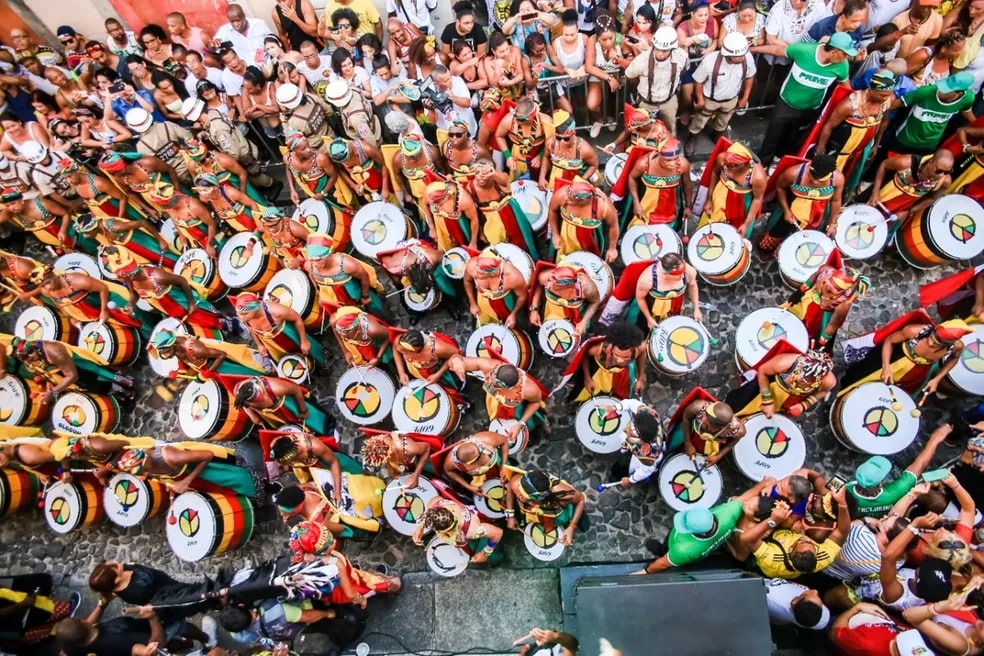
Learn Percussion
Free trial on our course with traditional Brazilian references. Master Samba, Afoxé, Ijexá and more with expert instructors.
Start Learning
Disclaimer: This article does not propose to speak of all forms of Samba and their history- There is just so much. We’ll cover the history and origins of the main variants though.
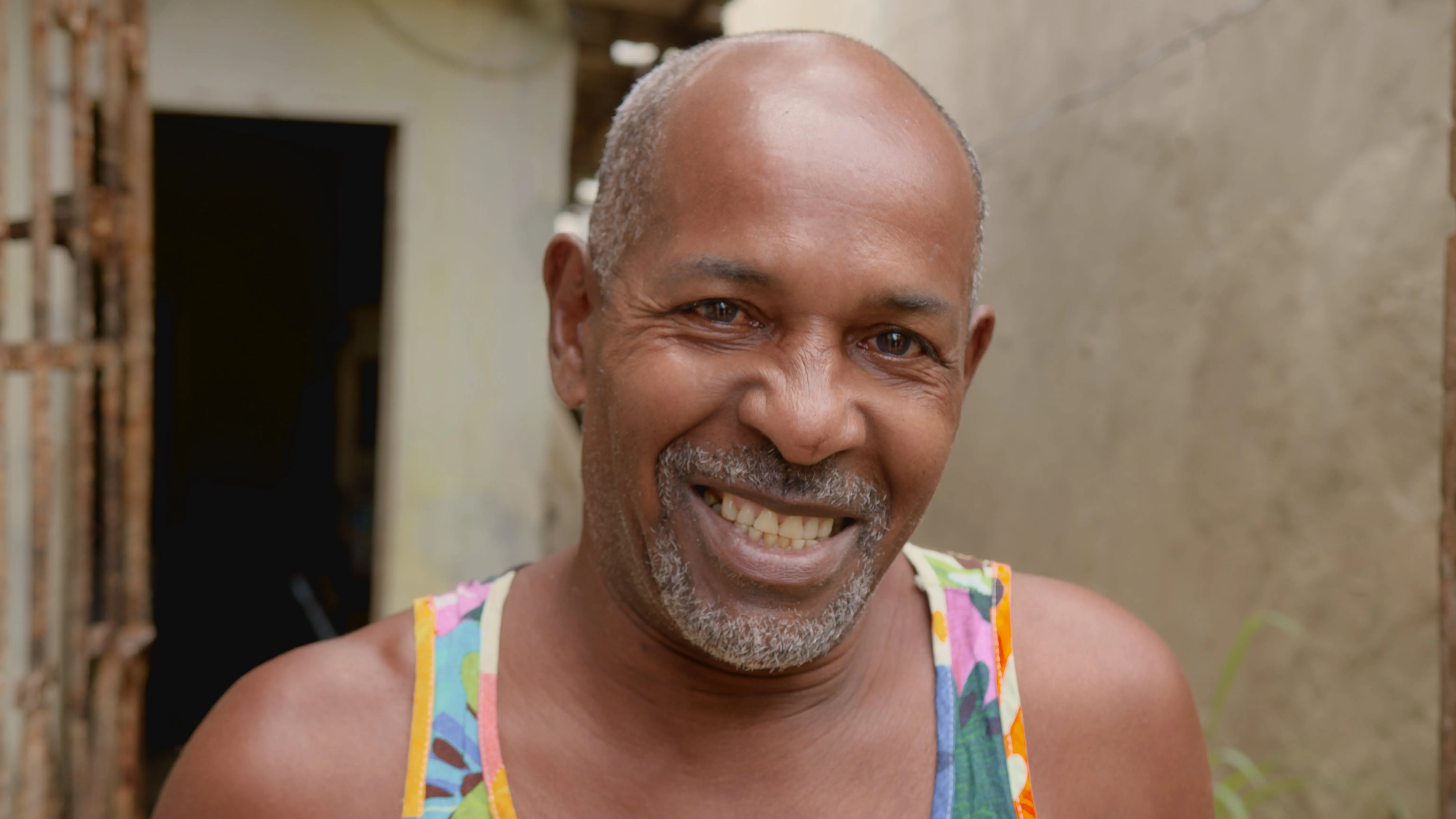
Tinho Pequeno – Samba Master
If what you’re looking for is our Candomblé culture, please head on to our:
Pindorama


One of the most expressive examples of the African Exodus, Diaspora molded the city as is today. It’s known to be the blackest city out of Africa, where African Culture and Religion are still worshiped, such as the cult of Orixás, Voduns, and Nkissis.
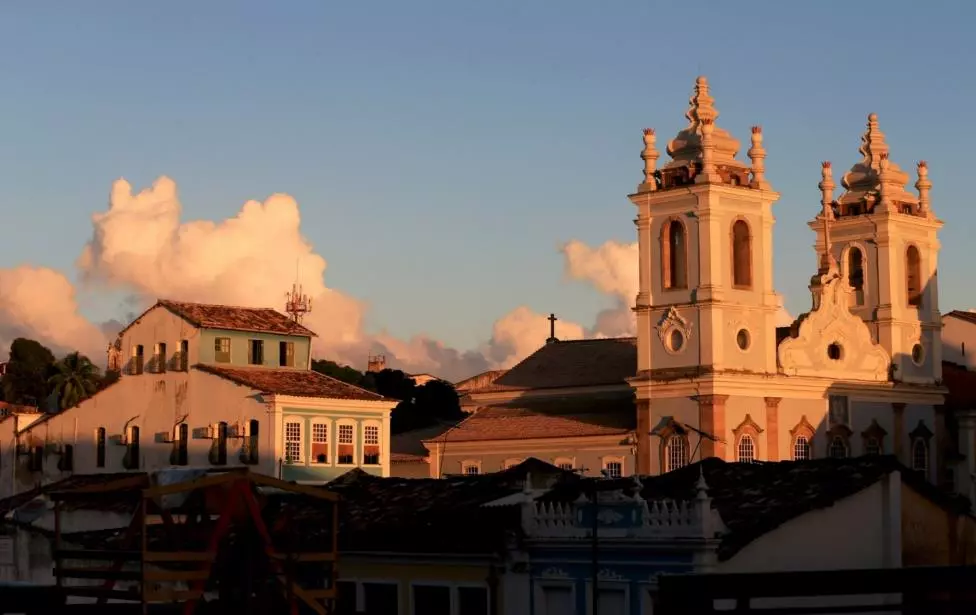
‘Recôncavo‘ was all coastal and interior regions of the ‘Bahia de Todos os Santos’, which can be translated as All Saints Bay.




Free trial on our course with traditional Brazilian references. Master Samba, Afoxé, Ijexá and more with expert instructors.
Start Learning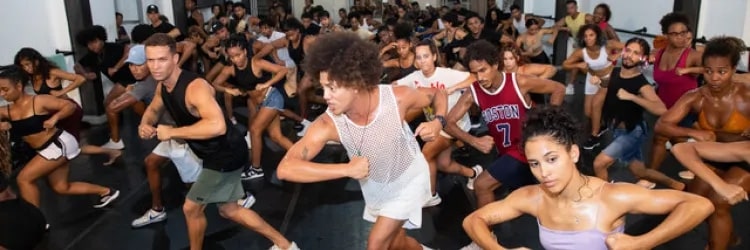
Immersive cultural travel packages with authentic festivals, dance classes, and exclusive access to Salvador's rich Afro-Brazilian heritage.
Explore Packages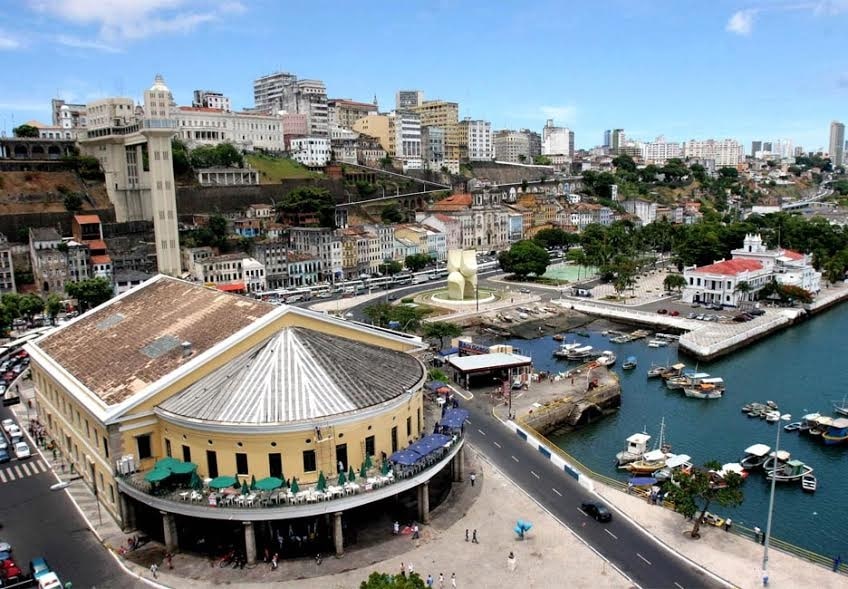
Browse authentic Brazilian percussion instruments. Atabaques, agogôs, pandeiros and more - shipped worldwide.
Browse ShopAfro-Brazilian women in Salvador, especially those from Candomblé, bought the freedom of many enslaved Africans and Afro-Brazilians. The sisterhood “Irmandade da Boa Morte” was one of these groups. For their religious affiliations, they were persecuted by the police force in Salvador, and some fled to Cachoeira, at the heart of Bahian Tradition, and one to Rio de Janeiro.
Tia Ciata was the name of the sister from the “Irmandade da Boa Morte” who arrived in Rio. She is accounted as being one of the key figures in fostering Samba in Rio, bringing the traditional Samba de Roda from Salvador to Rio. This was the seed of many different expressions in the new forms of Samba that originated in Rio.


“Candoblé is a source of Rhythm”
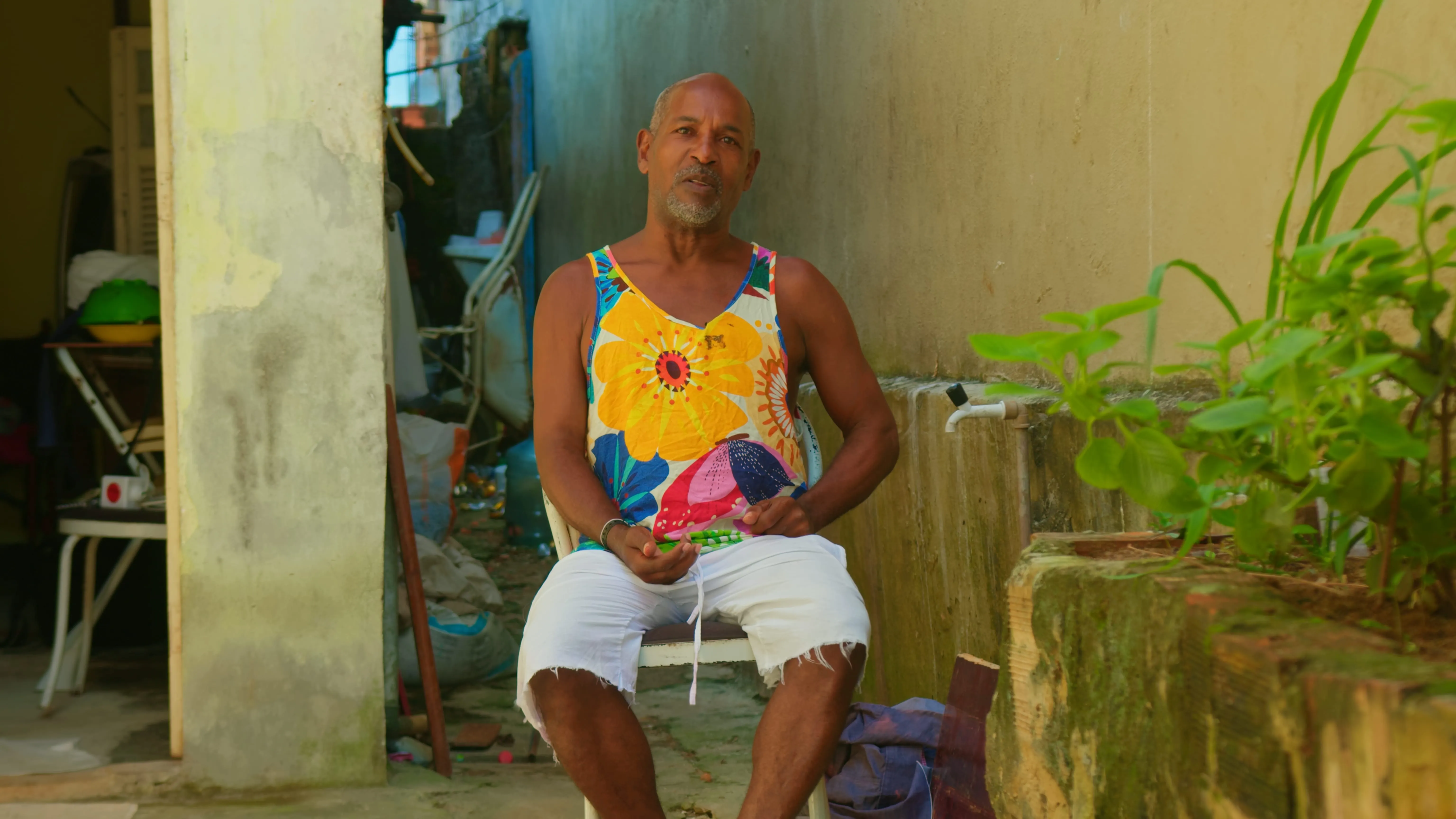
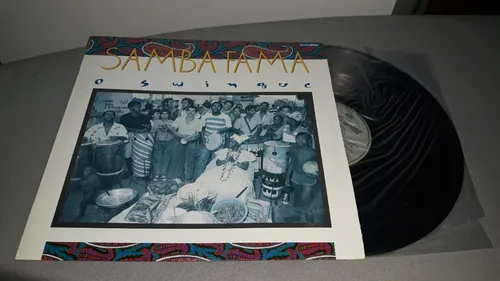

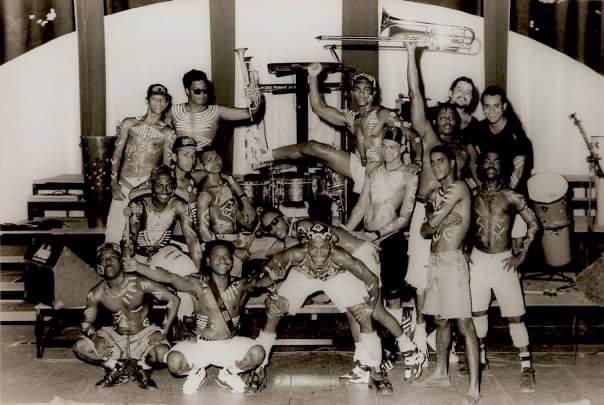
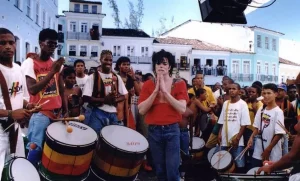
To learn more about the culture and rhythms that give life and form to Brazilian Culture check our resources at Opanije.com. Whether you’re a music lover, an aspiring musician, or simply curious about the culture, we invite you to learn and contribute to our community.
Discover everything Opanije has to offer - from immersive cultural experiences to traditional instruments.
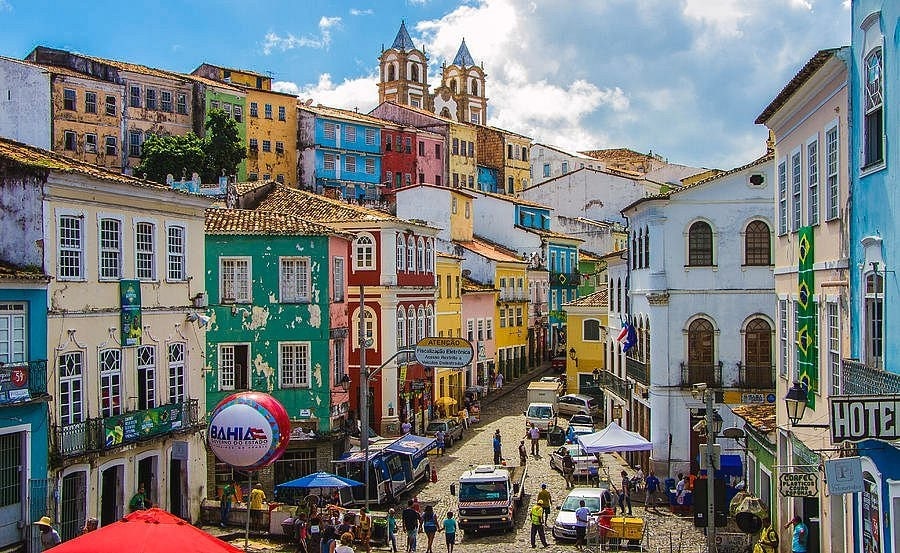
Immerse yourself in authentic Afro-Brazilian culture. Train with masters, explore Salvador, and transform your practice in 10 unforgettable days.

Learn traditional Brazilian percussion with Junior "Pai de Santo". Master Samba-Reggae, Ijexá, and other essential Bahian rhythms.

Find authentic, handcrafted atabaques and percussion instruments imported directly from master craftsmen in Salvador, Bahia.